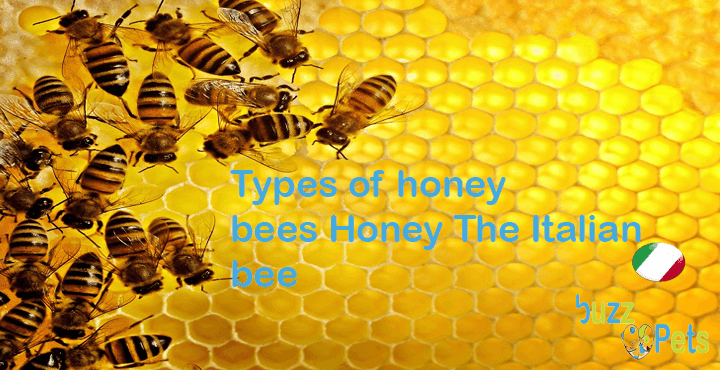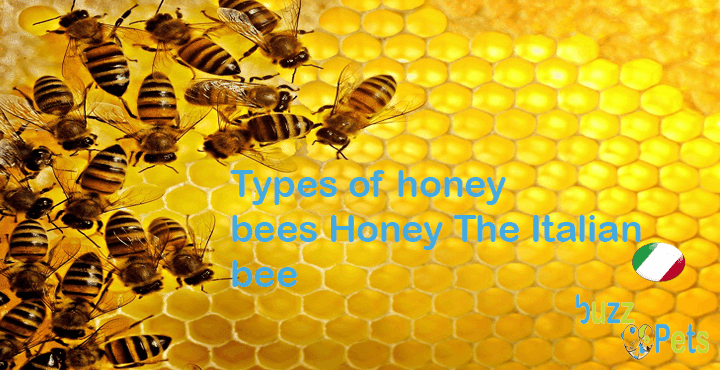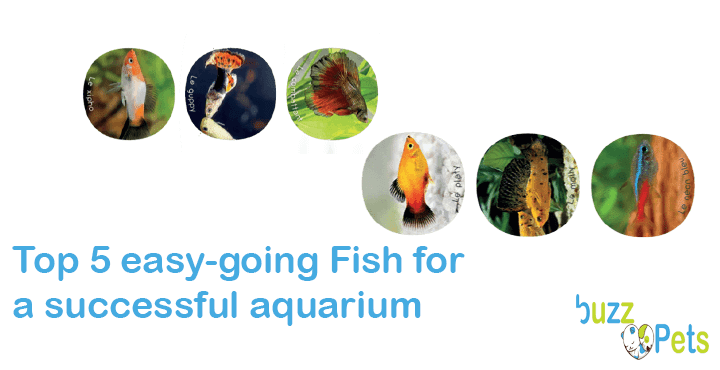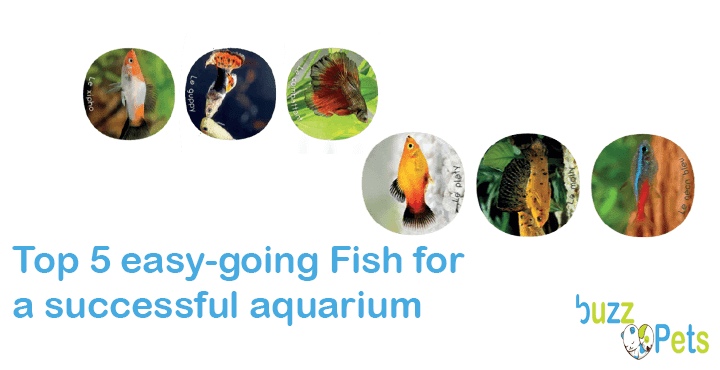It is the most dangerous dog breed in the world. This very aggressive animal is characterized by its impulsive character on the one hand and on the other hand, which attacks without any particular reason or provocation. For this very violent and threatening peculiarity, the American Pit Bull Terrier is now banned in some countries.
The Rottweiler
The Rottweiler has been one of the most dangerous dog breeds in the world for a number of years. This nasty dog attribute has been attributed to them from when Rottweilers were the leading cause of multiple dog bite deaths in the U.S. Indeed, it is difficult to get out of an attack and of a confrontation with this breed of dog. But although it is also dangerous, the Rottweiler is a very obedient and protective animal with its owner so beware of those who prey on their owner!
The German Shepherd
But of course the German Shepherd will be one of the most formidable dog breeds on earth! Above all, it is out of the question to come close to it, if it is to provoke it, as the German Shepherd will not hesitate to attack if he feels on the defensive. Intelligent and courageous to be sure, but he can also show his harmful side when he too feels in danger. For these reasons and although he is said to be “aggressive”, the German Shepherd Dog is a good protector, loyal to his master.
The Doberman Pinscher
Here is a breed of dog that will prove to be loyal on the one hand and on the other hand will be vigilant and very obedient. It is out of the question to approach it if you have a great fear of large dogs, because its size and weight already make it so aggressive. Of German origin, the Doberman Pinscher is an animal that has played a role in police investigations as well as in criminal investigations. And that’s all the more reason to be wary even though these dogs are very protective once they feel loved and in family. One reason that will help you feel safe in their company.
The Alaskan Malamute
The Alaskan Malamute is among the top 5 fiercest dogs on earth. Despite their cuddly appearance, this breed wouldn’t limit themselves to a simple petting or a treat when it comes to calming them down. He is distinguished by his athletic side and very difficult to calm down, as they may sometimes be more disobedient than one might imagine..










